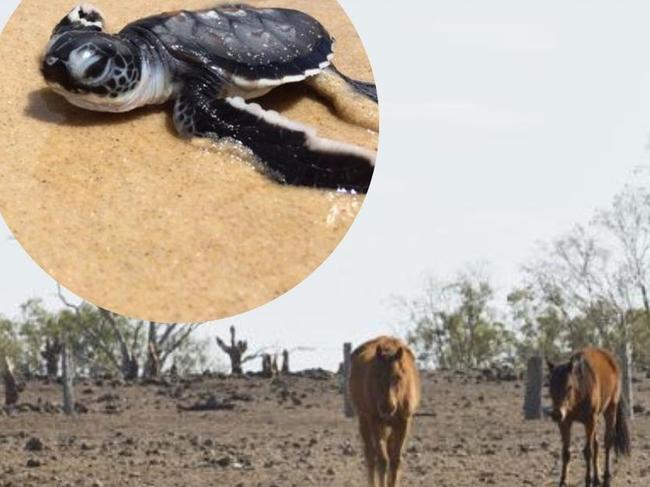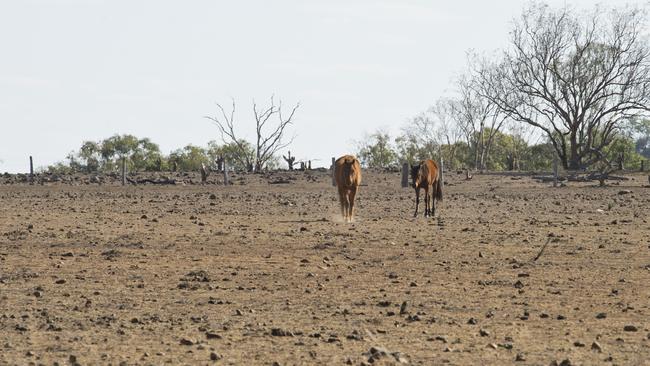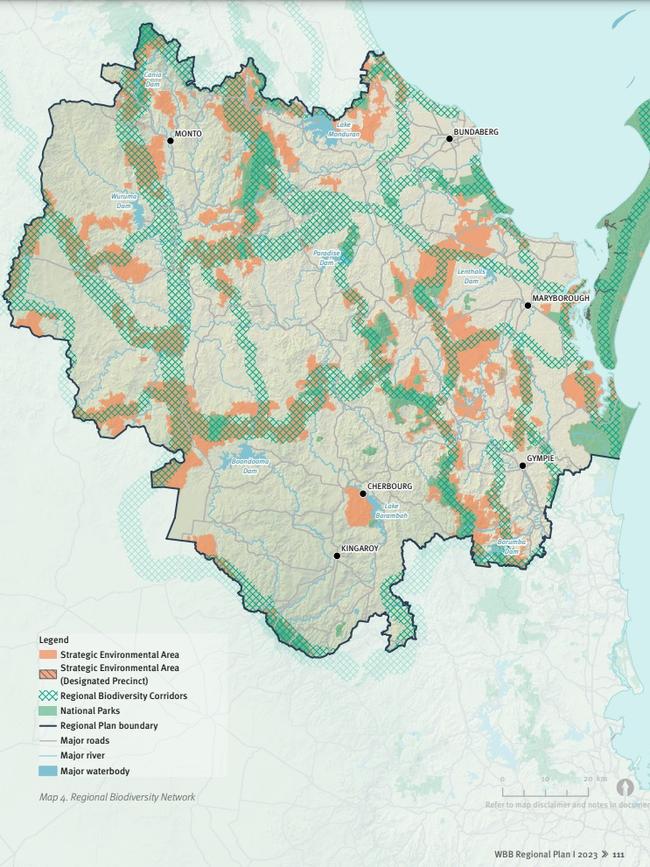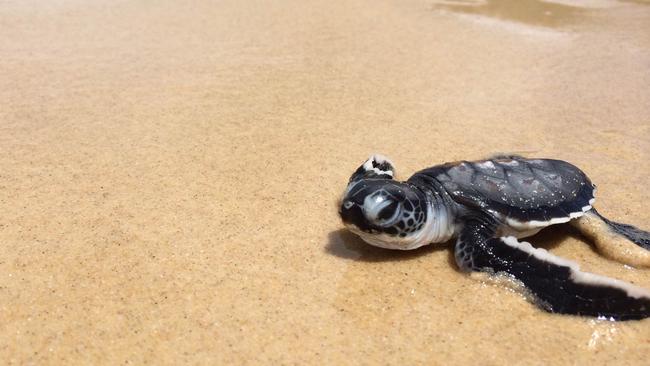Environmental condition of Wide Bay Burnett ‘poor’ according to report
Despite diverse ecosystems from the Great Sandy Strait to the rainforests of the Bunya Mountains, troubling trends are impacting the environmental condition across much of the Wide Bay Burnett, a new government report warns.

South Burnett
Don't miss out on the headlines from South Burnett. Followed categories will be added to My News.
Despite diverse ecosystems throughout the Wide Bay Burnett such as Fraser Coast’s Great Sandy Strait to the rainforests of the Bunya Mountains, the environmental condition across many areas is considered poor, according to a recent government report.
The Wide Bay Burnett regional plan 2023 sets out an agenda for the next two decades and has identified concerning trends in the region that threaten the future of both urban and natural environments.
The report also lays out what actions need to be taken to ensure the environment and lifestyle in the Wide Bay Burnett stays intact.
Climate change and land use pressures are two factors contributing to the degradation of the environment along with historical and preferential clearing in the region which has resulted in the break-up of natural ecosystems causing issues such as reduction of species populations and a decline in water quality, according to the report.

Vegetation clearing for urban development and agricultural expansion have also impacted biodiversity in the region including habitat loss, the spread of pest species and the alteration of aquatic flow systems.
Changing rainfall patterns, increases in temperatures and rising sea levels are all factors in the shifting in species composition and habitat suitability, according to the report.
The report warns without proper management, the Wide Bay Burnett biodiversity will continue to degrade, and for the region to remain a competitive, functional and an attractive place, the natural environment must be maintained.
Strategic environmental areas and biodiversity corridors have been identified and by implementing the principles of avoid, mitigate, offset and rehabilitate, will help stabilise and improve biodiversity throughout the region, the report states.

It is expected droughts will become more frequent, severe and longer lasting in the Wide Bay Burnett, however the report stresses mitigation actions can be implemented.
Planning and focusing on areas that are the least resilient in droughts, before one begins, can help minimise the impacts.
According to the report, the Queensland government is partnering with industry to deliver workshops and training that assists primary producers to identify risks on their property such as drought and will help develop farm business resilience plans.
The report states targeted measures that effectively mitigate impacts from climate change and natural disasters can safeguard communities, reduce reconstruction costs and speed up recovery.
There are also plans to redesign the urban landscapes to capture and retain water to help mitigate the effect of heat islands and reduce the impact of extreme heat events.
Disconnecting piped stormwater systems to allow run-off to be intercepted by vegetation is one of the plans put forward.
This method can provide a cooling effect on the landscape, making communities and landscapes more attractive, liveable and economically vibrant, the report states.

Sea turtles and the ongoing effects light pollution is having on them.
Artificial light from development can attract hatchling sea turtles away from the ocean and shorebirds are often driven away by the light, with both species exposed to increased predation.
Management to reduce the impacts of artificial lights on sea turtles and shorebird populations will be applied across specific Wide Bay Burnett coastal areas, the report states.




